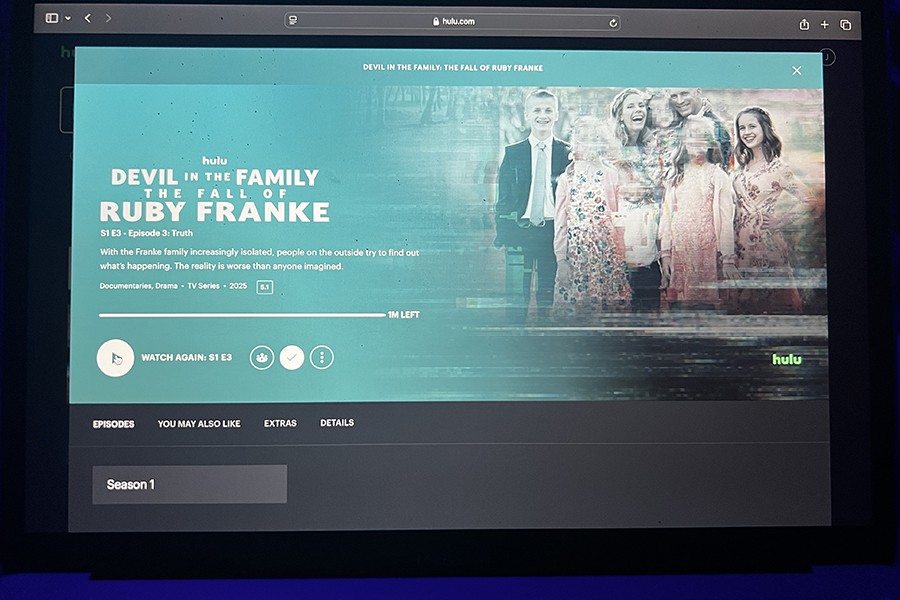To provide the public with an education on vaccines, the University of Texas at Austin hosted a forum November 10 regarding vaccine mandates. At this event, Dr. Sherri J. Tenpenny, an osteopathic medical doctor, partnered with Dawn Richardson, cofounder of Parents Requesting Open Vaccine Education (PROVE). The duo debated with Dr. Tom Betz, a medical doctor specializing in Public Health, who took the position of pro-vaccine mandates.
“As a board-certified physician, I have invested more than 9,000 hours into the [gritty facts] about vaccines,” said Tenpenny. “I have come away with a studied opinion, not just a personal opinion, that vaccines are not nearly as safe as we’ve been lead to believe. They offer little or no protection, and they can cause serious harm.”
According to Doctor Russel Blaylock, a board certified neurosurgeon, as well as Dr. Tenpenny, the H1N1 vaccine is one of the most dangerous vaccines ever made, due in part to a certain ingredient in it called squalene. When squalene was injected into lab rats, it gave them rheumatoid arthritis, an effect that has shown up in humans as well. Squalene has also been linked to Gulf War Syndrome and Guillain Barre Syndrome, an autoimmune disorder that can cause paralysis and possibly death. However, Betz believes officials have conducted a sufficient amount of research to call the vaccine safe.
“We do try to keep track of any adverse effects that follow [vaccinations] and I think we’ve had a pretty good track record in doing this,” said Betz. “We actually have identified [problems] with some vaccines and pulled them off the market.”
This pro-mandate attitude is bred from a desire to decrease the rapid spread of the H1N1 virus. Currently, the Center for Disease Control and Prevention (CDC) only recommends the H1N1 vaccine to those at high risk for developing flu-related complications. These include children under the age of five, pregnant women, adults 65 and over and those with certain medical conditions. However, the demand for the vaccine is so high that many hospitals and clinics have trouble keeping the vaccine in stock.
Vaccines do not always prevent disease, and many at this forum believed the vaccine may actually spread the virus. The idea was brought up that if the H1N1 vaccine were required, a repeat of the 1976 swine flu “outbreak” could occur. During the 1976 scare, the government enacted a mass vaccination program after only one 19-year-old man died and several hundred others contracted the virus without actually falling ill. However, more people died from the vaccines than from the flu itself. For instance, three elderly people died of heart attacks within hours of being vaccinated, and a middle aged woman became an invalid and died a few days after receiving the shot. The program was abandoned, but only after 40 million people were inoculated, many of which are still living today.
“Vaccine risks are so real that for every vaccine purchased in the United States, a 75 cent tax is collected to go into a national fund to pay the medical expenses for those injured by vaccines,” said Richardson. “The United States Health and Human Services National Vaccine Injury Compensation Program has already paid out close to two billion dollars in damage claims for vaccine injuries caused by vaccines that have been fully tested and deemed safe for teen and childhood vaccinations.”
This conference was held to raise awareness about the possible dangers of the H1N1 vaccine. However, with the rapid growth of this virus, its pandemic state and its ties to some fatalities, public health officials believe the vaccine is doing more good than harm, as it has not been taken off the market.


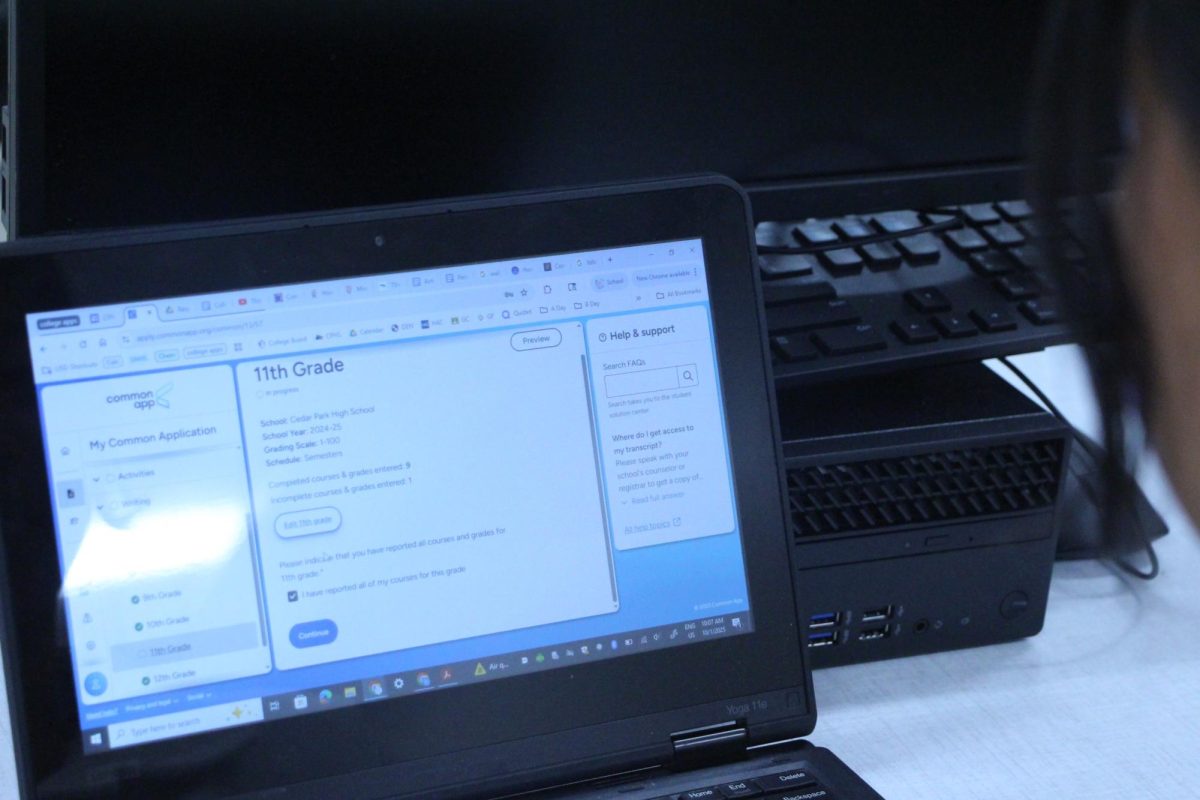


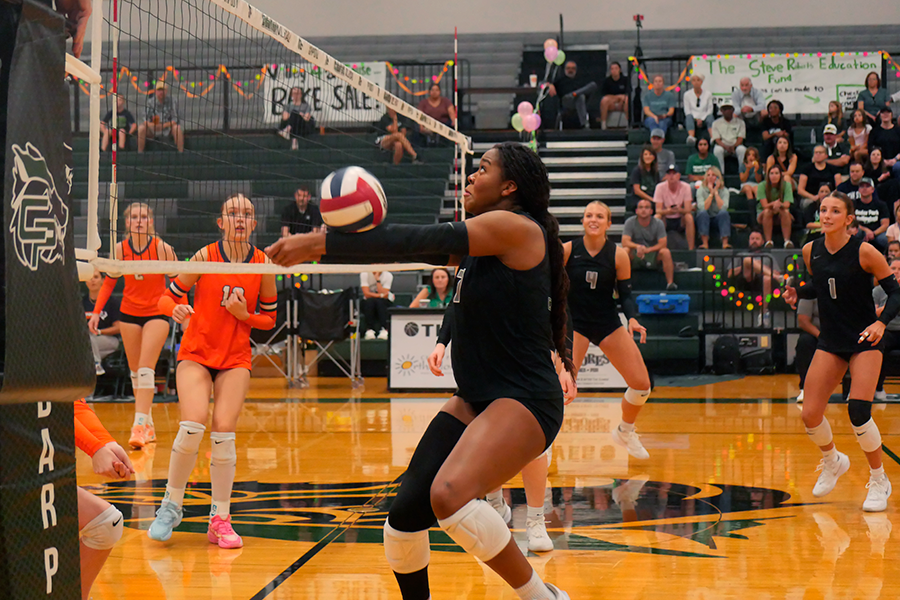
![As her hair blows in the wind, senior Brianna Grandow runs the varsity girls 5K at the cross country district meet last Thursday. Grandow finished fourth in the event and led the varsity girls to regionals with a third place placement as a team. “I’m very excited [to go to regionals],” Grandow said. “I’m excited to race in Corpus Christi, and we get to go to the beach, so that’s really awesome.” Photo by Addison Bruce](https://cphswolfpack.com/wp-content/uploads/2025/10/brianna.jpg)

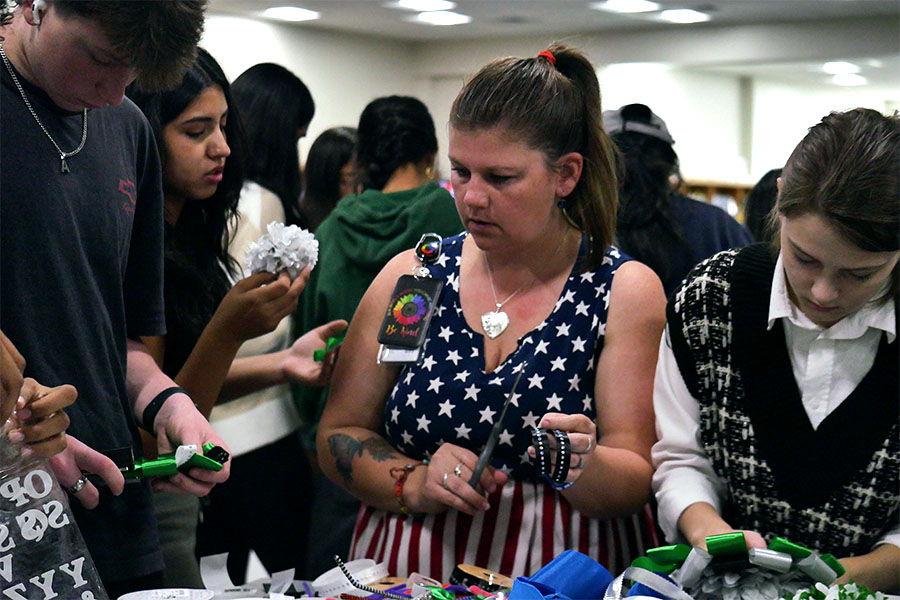
![Broadcast, yearbook and newspaper combined for 66 Interscholastic League Press Conference awards this year. Yearbook won 43, newspaper won 14 and broadcast took home nine. “I think [the ILPC awards] are a great way to give the kids some acknowledgement for all of their hard work,” newspaper and yearbook adviser Paige Hert said. “They typically spend the year covering everyone else’s big moments, so it’s really cool for them to be celebrated so many times and in so many different ways.”](https://cphswolfpack.com/wp-content/uploads/2025/05/edited-ILPC.jpg)


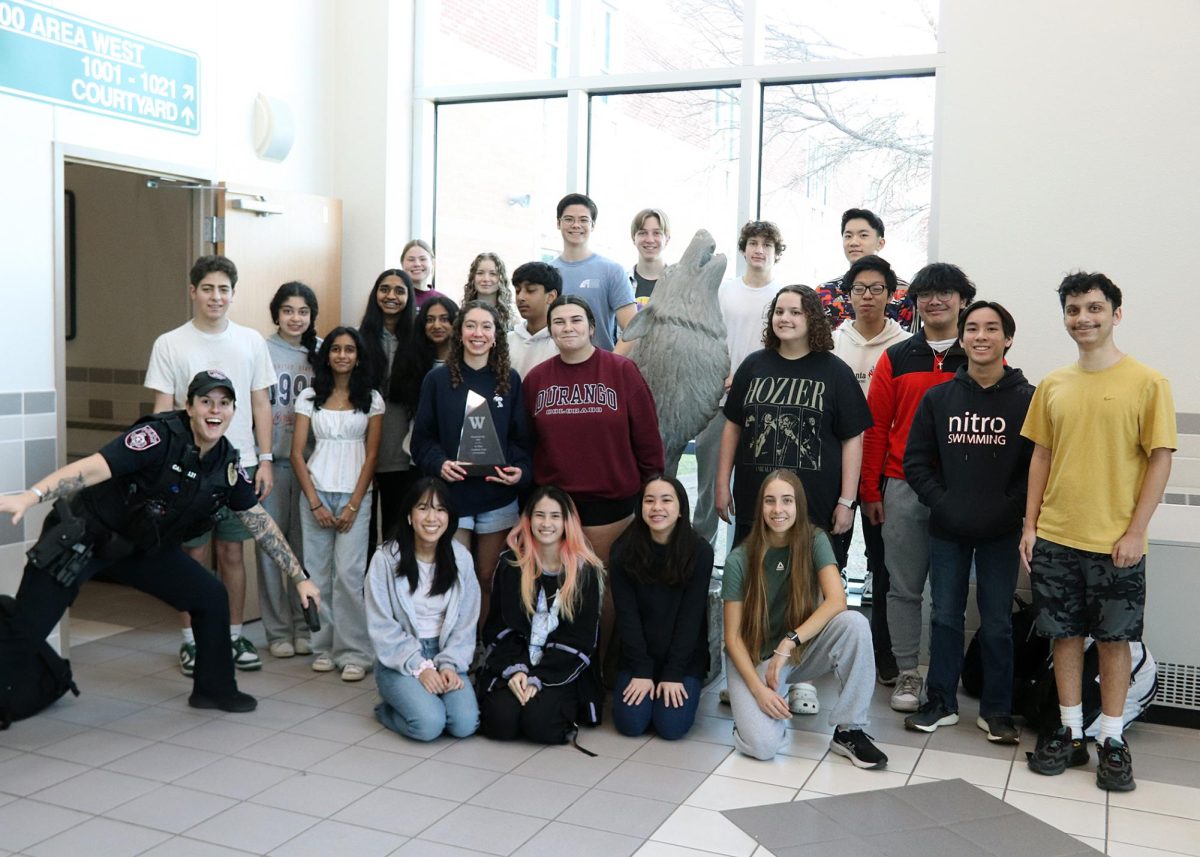


![Sitting with her friend senior Sohpia Struve at last year’s Austin City Limits Festival, senior Ava Zuniga poses for a picture under a pavilion. They are frequent attendees at ACL, an annual music festival at Zilker Park. “I would recommend seeing a bunch of people,” Zuniga said. “This past year, we camped out for Chappell [Roan] for a really long time. I think the whole point of ACL, [which] is a lot of fun, is that you can go see so many different people, even if you don’t know them. So by camping by one person, it really limits yourself from being able to go see a bunch of people.” Photo courtesy of Ava Zuniga](https://cphswolfpack.com/wp-content/uploads/2025/10/EE9E9484-FE6F-4AA0-B5F5-0C177AB32841-1200x857.jpeg)
![Looking down at his racket, junior Hasun Nguyen hits the green tennis ball. Hasun has played tennis since he was 9 years old, and he is on the varsity team. "I feel like it’s not really appreciated in America as much, but [tennis] is a really competitive and mentally challenging sport,” Nguyen said. “I’m really level-headed and can keep my cool during a match, and that helps me play a bit better under pressure.” Photo by Kyra Cox](https://cphswolfpack.com/wp-content/uploads/2025/09/hasun.jpg)

![Bringing her arm over her head and taking a quick breath, junior Lauren Lucas swims the final laps of the 500 freestyle at the regionals swimming competition on date. Lucas broke the school’s 18-year-old record for the 500 freestyle at regionals and again at state with a time of 4:58.63. “I’d had my eye on that 500 record since my freshman year, so I was really excited to see if I could get it at regionals or districts,” Lucas said. “ State is always a really fun experience and medaling for the first time was really great. It was a very very tight race, [so] I was a bit surprised [that I medaled]. [There were] a lot of fast girls at the meet in general, [and] it was like a dogfight back and forth, back and forth.” Photo by Kaydence Wilkinson](https://cphswolfpack.com/wp-content/uploads/2025/03/Kaydence-2.7-23-edit-2.jpg)
![As the support team sits and poses for a photo in the cafeteria with the counseling team they eagerly wait to start their day. "We [all] seem to be a team, I get up every day and there's days where I don't want to go to work today, but I'm thankful that I have a job and I'm blessed to have what I have," Christopherson said. Photo Courtesy of Julie Weltens.](https://cphswolfpack.com/wp-content/uploads/2025/01/AF9E8470-10D7-4C91-BF28-EC8F86BAB66C-1200x852.jpeg)
![Jumping off the ground, senior linebacker Bennett Patton snatches the ball out of the air for an interception at Thursday’s game against Chaparral. Patton had two interceptions in the 56-14 victory, tying the school record for interceptions in a game. “I was just playing the game,” Patton said. “[I’m] going to go into next week, forget about it and stay humble.” Photo by Harper Chapman](https://cphswolfpack.com/wp-content/uploads/2025/09/bennett-interception.jpg)








